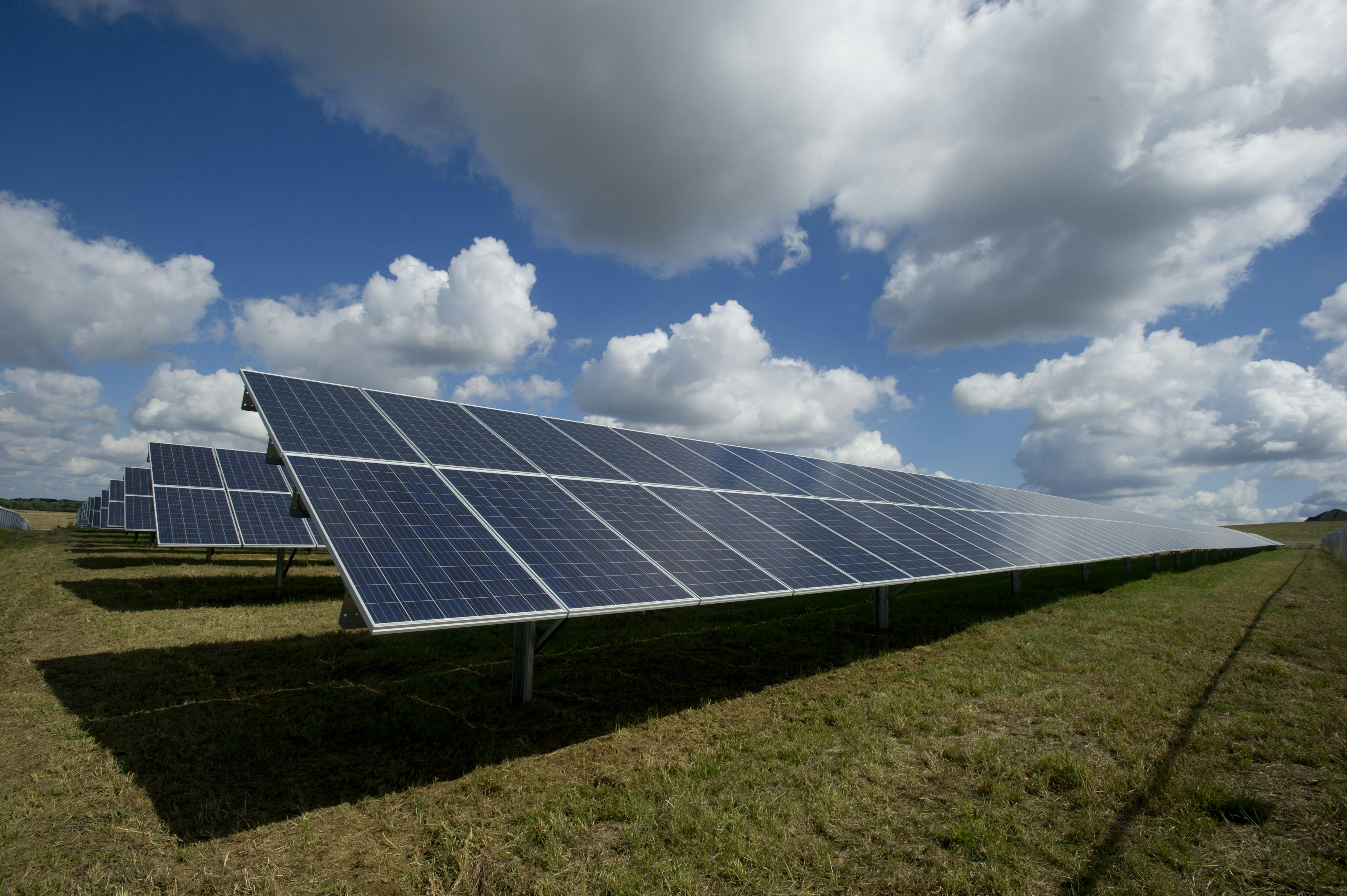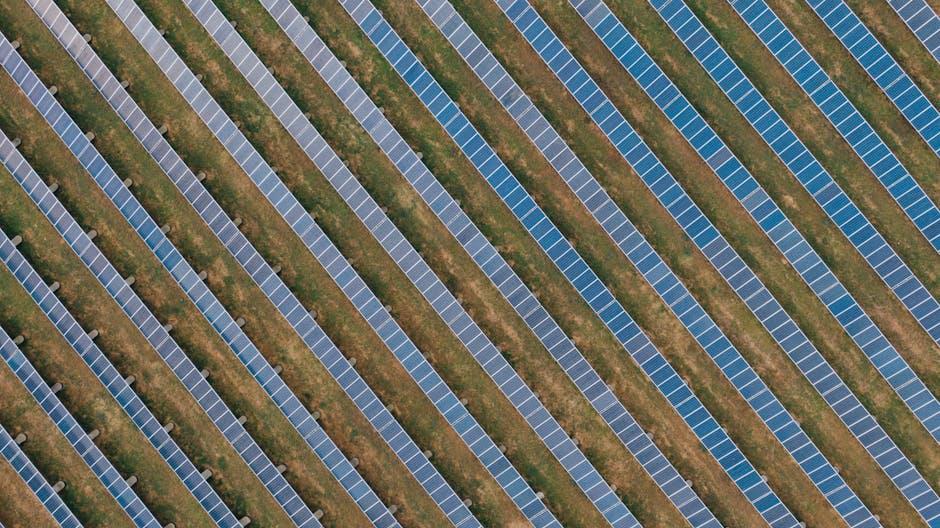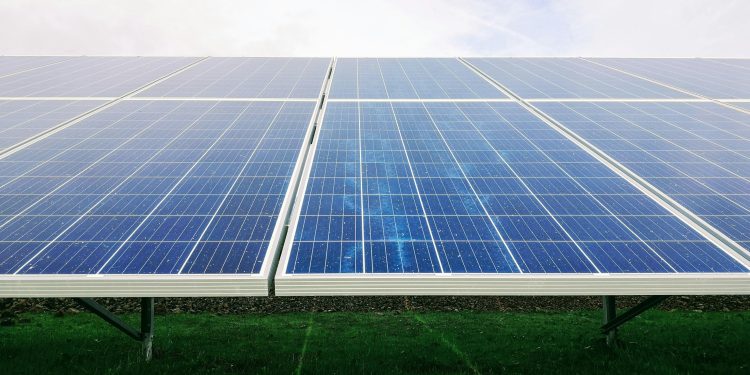In the shimmering dance of sunlight on rooftops, solar panels promise a future of clean energy and reduced utility bills. But as the sun rises on this burgeoning industry, a shadow of doubt begins to creep in. Are the alluring claims of cost-effectiveness and savings as transparent as the sunlit panels themselves? In this exploration, we delve into the heart of the solar panel industry, seeking to unravel whether manufacturers are painting a too-rosy picture of affordability. With a blend of optimism and skepticism, we aim to shed light on the financial realities of harnessing the sun’s power, helping consumers navigate the path to sustainable energy with eyes wide open.
Understanding the Real Costs Behind Solar Panel Installation
The allure of solar energy often revolves around the promise of substantial savings on electricity bills, yet the path to achieving those savings is often less straightforward than manufacturers might suggest. When considering the installation of solar panels, it’s essential to recognize the diverse costs that contribute to the overall investment. Beyond the apparent price of the panels themselves, several hidden expenses can arise, including:
- Installation Fees: Professional installation is crucial for optimal performance, but it often comes with a significant cost that is sometimes underestimated.
- Permitting and Inspection Costs: Navigating local regulations and acquiring the necessary permits can add unforeseen expenses to the project.
- Maintenance and Repairs: While solar panels are generally low-maintenance, potential repair costs over the lifespan of the system should be considered.
- Energy Storage: If you wish to store solar energy for use during non-sunny periods, the cost of batteries and storage systems can be substantial.
Understanding these components is vital for anyone looking to invest in solar energy, as they can significantly affect the financial feasibility of the project. By being aware of these factors, consumers can make more informed decisions and avoid any surprises down the road.

Unveiling Common Misconceptions in Solar Panel Pricing
Many consumers enter the solar market with preconceived notions about the costs associated with solar panel installations. A common misunderstanding is that the advertised prices represent the total cost. However, these figures often only cover the panels themselves, excluding vital components like inverters, batteries, and installation labor. As a result, the final bill may be substantially higher than initially anticipated, leading to feelings of deception.
Additionally, potential buyers might overlook the impact of government incentives and tax credits. These financial aids can significantly reduce the overall cost, but are often not highlighted in initial price estimates. Misinterpretations can arise from:
- Overemphasis on the base price without context.
- Understated installation and maintenance costs.
- Omission of financial benefits from renewable energy incentives.
Understanding these elements is crucial for a realistic assessment of solar panel investments.

Navigating the Fine Print: A Guide to Solar Panel Cost Analysis
When it comes to assessing the cost of solar panels, the landscape can be as complex as it is promising. Many manufacturers emphasize the upfront savings and long-term benefits, yet potential customers often find themselves navigating a maze of figures and fine print. To truly understand the costs, it’s crucial to look beyond the headline numbers and delve into the nuances. This involves examining elements like installation fees, maintenance costs, and potential upgrades that are not always included in the initial quote. Furthermore, the advertised efficiency rates might not reflect real-world performance due to factors such as shading, orientation, and local weather conditions.
Another layer of complexity arises from incentives and rebates. While manufacturers may highlight these as part of their cost-saving narrative, it’s essential to recognize that such incentives often come with their own set of eligibility criteria and expiration dates. To get a clear picture, consider these key aspects:
- Warranty terms: Understand what is covered and for how long.
- Financing options: Compare interest rates and contract lengths.
- Energy output estimates: Look for independent reviews to verify claims.
By unpacking these details, consumers can make informed decisions and avoid the pitfalls of misleading cost presentations, ensuring that their investment in solar technology is both financially sound and environmentally rewarding.

Practical Steps to Ensure Transparent Pricing from Solar Providers
Ensuring clarity in solar pricing begins with asking the right questions. When engaging with solar providers, it’s essential to request a detailed breakdown of all costs involved. This should include equipment, installation, warranties, and maintenance fees. It’s also wise to inquire about any potential hidden costs, such as grid connection fees or permitting costs. By obtaining this comprehensive overview, you can better compare offers and avoid unexpected expenses.
Additionally, scrutinizing the contract terms is crucial. Look for transparency in the following areas:
- Price Lock-ins: Ensure that the quoted price is locked in and understand the conditions under which it might change.
- Performance Guarantees: Verify the guarantees on energy production and their implications on costs.
- Financing Options: Assess the total cost implications of leasing versus purchasing solar panels.
Being proactive in these areas helps in safeguarding against misleading pricing and securing a deal that aligns with your financial expectations.
In Conclusion
As we draw the curtains on our exploration of the solar panel industry and the complex narratives surrounding cost transparency, it becomes clear that the journey toward sustainable energy is fraught with both promise and pitfalls. The sun, an unwavering beacon of potential, illuminates a path that is as much about innovation as it is about integrity. As consumers and industry stakeholders alike navigate this evolving landscape, the call for clarity and accountability grows ever louder. Whether or not solar panel manufacturers are indeed misleading about costs, the dialogue itself sparks a crucial reflection on the ethics of energy transition. As we look to the horizon, let us hope for a future where the brilliance of the sun is matched by the transparency of those harnessing its power, ensuring that the path to renewable energy is as clear as the skies above.

































